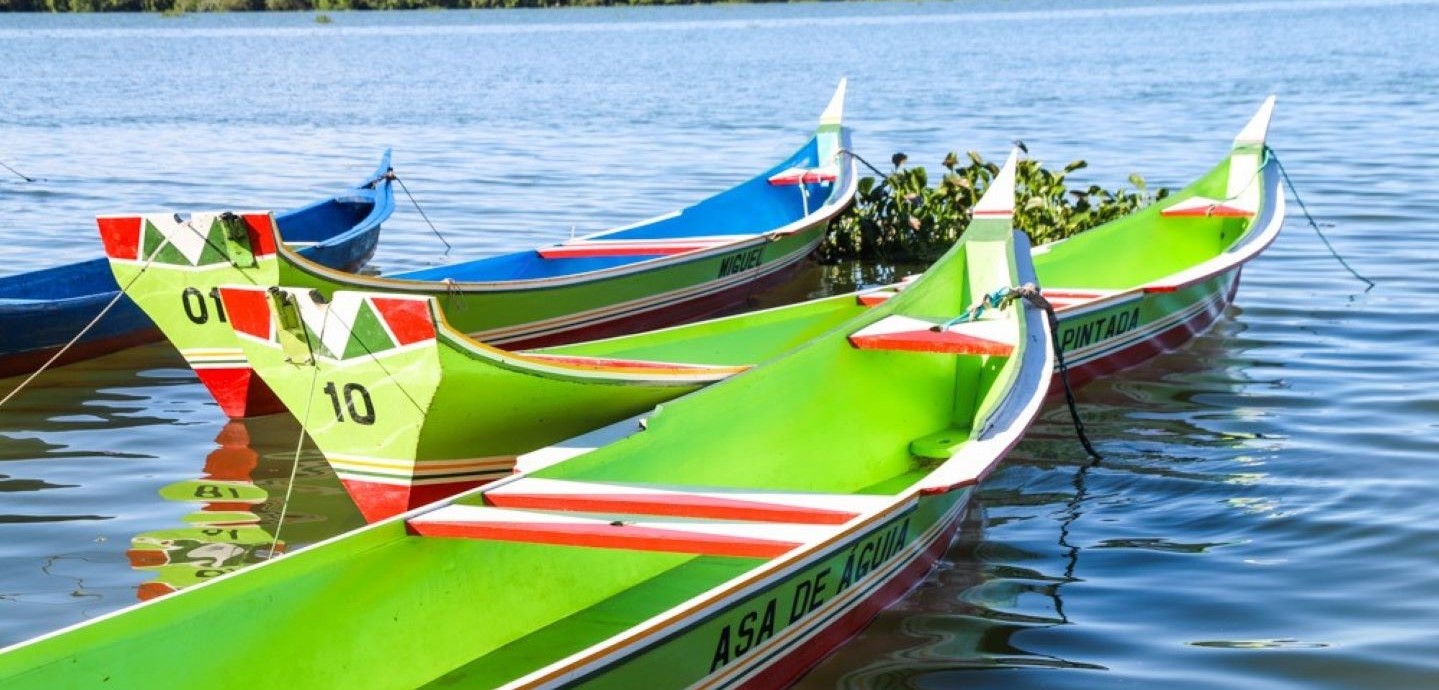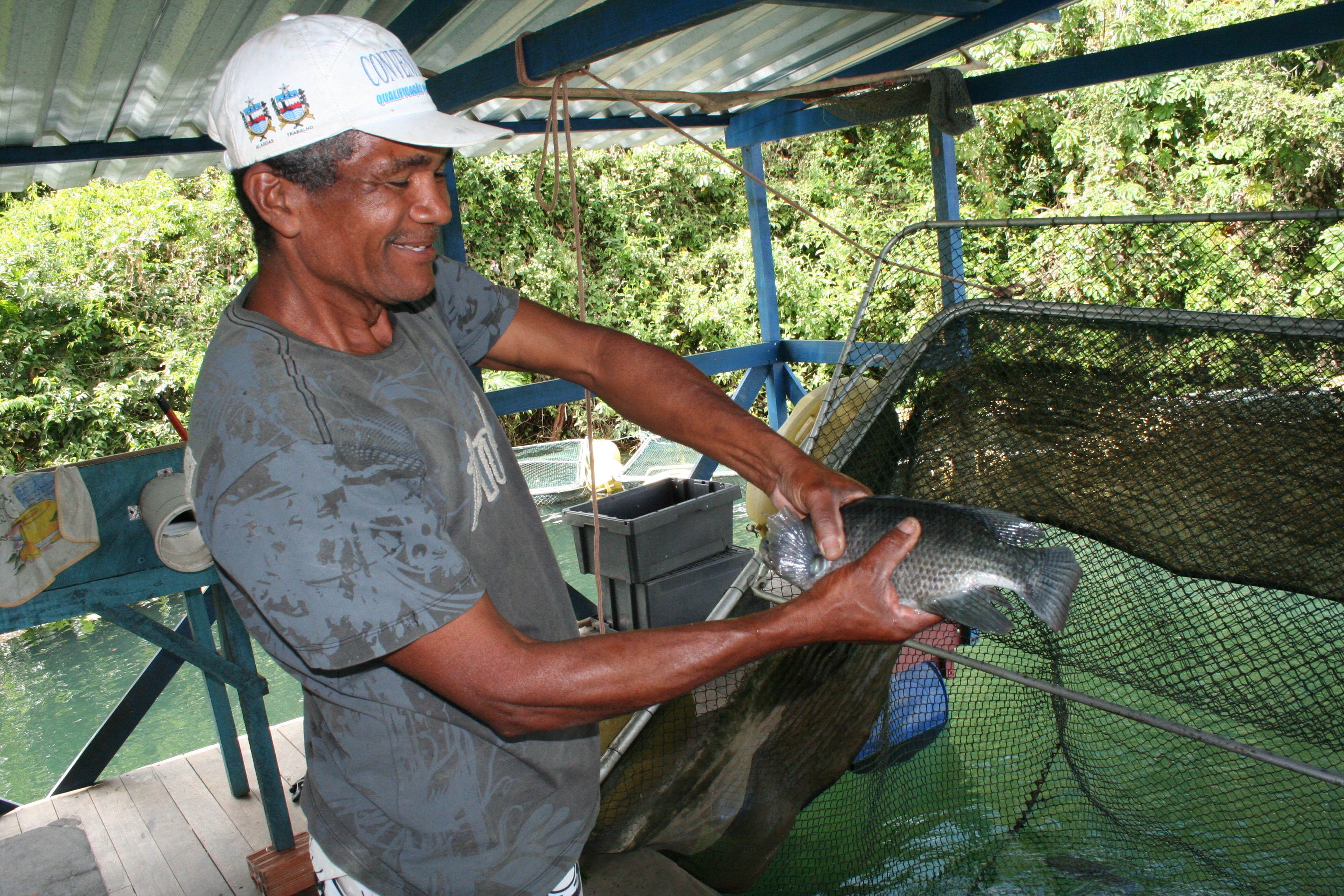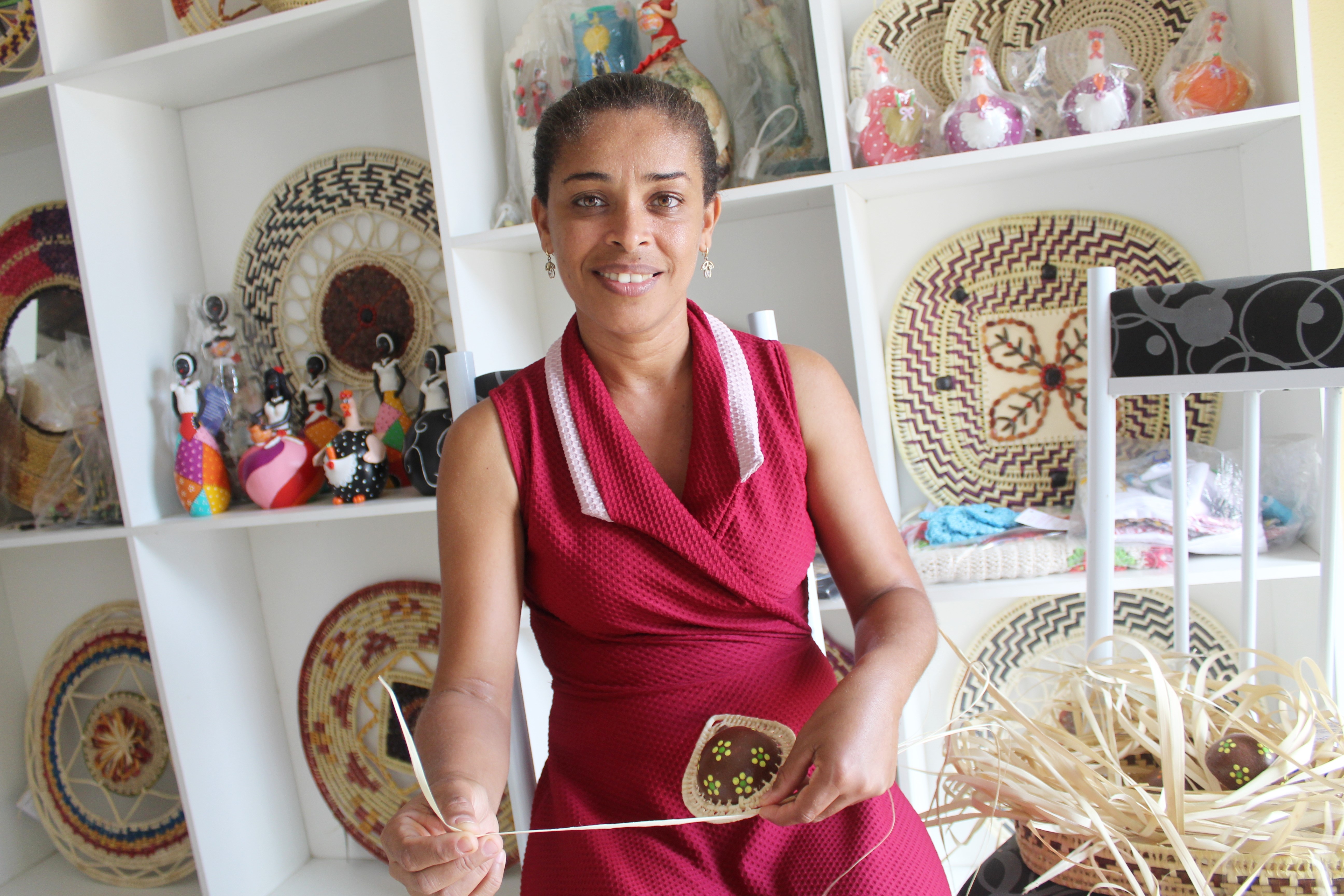On the banks of the São Francisco, where fishing, tourism and social inclusion converge
IFAD Asset Request Portlet
Asset Publisher
On the banks of the São Francisco, where fishing, tourism and social inclusion converge
Estimated reading time: 5 minutesBy the time the sun rises over the easternmost corner of Sergipe, Brazil’s smallest state, the fishers have already dipped their nets into the São Francisco’s waters. This 2,900-km river, one of the great South American waterways, has inspired centuries of poets and rhymers known as repentistas. Woven along and throughout the river is a stunning landscape of native tropical forest, home to generations of artisanal fishers and small-scale farmers.
Soon, visitors will have the chance to experience the area’s serene beauty for themselves, thanks to the just-completed Dom Távora project and its establishment of the Sustainable Tour Route. The project, led by the Government of Sergipe with support from IFAD and other partners, represents an effort to bring eco-friendly, community-based tourism to the area. Visitors will be able to cruise down the river, follow hiking trails into the woods, eat freshly caught fish in local restaurants, and browse through hand-made crafts from local artisans.
For now, most of the Route’s activities are on pause due to the COVID-19 crisis. Nevertheless, Dom Távora was still able to support the local fishing industry with ecologically sustainable activities in harmony with the communities’ traditional ways of life.

Tradition meets innovation
Artisanal fishing is the core economic activity for many communities in the Lower São Francisco region. Investing in the industry is an opportunity to improve the incomes and livelihoods of the region’s lower-income communities, promote economic and environmental sustainability, and contribute to local food and nutrition security. In addition to their work on the Route, Dom Távora has therefore supported local fishers by improving their access to markets, helping them develop their capacities, and donating boats and other fishing equipment.
“The project’s support has been a watershed for us,” says Zilda de Sousa, founder and president of the fisherwomen’s league of Serrão village. Her group received 14 new boats, along with fishing nets, life jackets, and flashlights – perfect for night fishing.
“We don’t have to do all our fishing during daylight anymore,” she says. “Now we have the option to go after sunset too, and we catch more fish that way. The fisher who used to catch 3 or 4 kilos per day can now get 10 or 12 kilos.”
Dom Távora also donated computers and a printer, tables, and chairs – a show of appreciation for the work her league does to empower local women.

Production is up in nearby Saramém, too. Villagers have been able to increase their yield from 57 tons in 2018 to 105 tons in 2020. And they’ve made gains in both quantity and quality: thanks to the stronger, more suitable nets provided by Dom Távora, along with training sessions in how to use them, fishers are able to catch more valuable fish.
“Curimã, robalo, xaréu, gereba… with the new nets, we catch all kinds of big fish,” says Maria Orlanda dos Santos. Maria is the leader of a women’s confectioners’ association in Saramém. Before the pandemic, she and her colleagues spent their days preparing coconut candies, adding local fruits and seeds to the traditional recipe. But with sales down due to COVID, they started going out to fish. It was an easy decision: supplies were plentiful, thanks to the project, and many of their husbands and sons were already fishing too. Even now, they plan to keep fishing, as it’s an excellent source of income.
Where paths cross, optimism grows
The Lower São Francisco is a place of convergences. It’s where one of Brazil’s most romantic rivers finally meets the open sea. It’s where one can both be taken in by the scenery and gain an appreciation for the hardships faced by many in north-eastern Brazil.
Over the centuries, the São Francisco’s wide riverbanks have welcomed many different groups. Some are quilombolas, Afro-descendant peoples who live in remnant communities originally founded by escaped slaves. Today, they maintain a rich culture defined by African traditions blended with Indigenous and European traits. Others hail from more inland areas, having exchanged the water-scarce shrublands of eastern Brazil’s interior for the more favourable (yet still difficult) living conditions of Sergipe’s marshy coastal zone. Nevertheless, the São Francisco – or the Velho Chico, as Brazilians affectionately call it – has long symbolized hope and the promise of a fresh start.
That same optimism underpinned the efforts to build out the Sustainable Tour Route just a few years ago. Villagers and project staff alike saw it as a way to engage youth in the local labour market, integrate various sectors of the economy (hospitality, craftsmanship, gastronomy), and increase appreciation for local culture. Dom Távora donated a boat to be used along the route, trained local youth in hospitality-based skills (including promoting the area’s tourism and cultural offerings via social media platforms), and supported the construction of cultural and culinary centres, with help from local fishers and farmers.

For many, the Route also represented a way to improve their livelihoods and give a voice to those from historically marginalized communities. Fishers who struggled to store their catch and sell it at faraway markets looked forward to selling fresh fish to nearby restaurants, which would simultaneously reduce their costs and increase revenue. Meanwhile, women and representatives of quilombola communities were eager to share their craftwork and confectionery. For the latter group in particular, who have been fighting for their rights and recognition of their land use, customs, and religious practices, the opportunity to share their work would have been an ideal path to empowerment.
The COVID-19 pandemic presented major unforeseen challenges that hampered these potentials. Nevertheless, Dom Távora managed to support local fishers and their communities, revive interest in tourism, and boost local producers’ pride in their traditions and optimism for the future.
As the sunrise continues setting off the fishers’ journeys, poetry will keep flowing through the meanders of the Velho Chico.
Learn more about IFAD’s work in Brazil.
Publication date: 11 November 2021